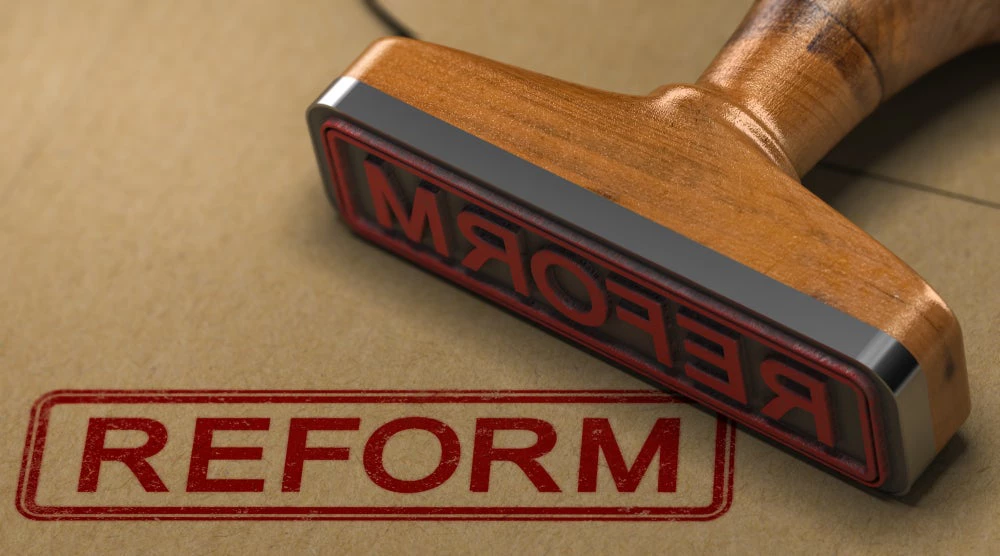
There is a large body of research that documents that sound business regulatory reforms can help to create a conducive business environment and spur private sector development, which matters for job creation and economic growth. The World Development Report 2005: A Better Investment Climate for Everyone also highlights that improving countries’ investment climate is important for growth and poverty reduction.
Improving the business environment, however, is not easy. Governments face a diverse set of challenges, including how to better organize internally to design and implement reforms, but also achieve their intended goals (i.e. increased competitiveness, more employment creation, etc.) To successfully implement their reform agendas and effectively coordinate across public agencies, countries have developed different institutional mechanisms and reform structures. Unlike exogenous factors, these reform structures are within the scope of influence of policymakers and present an opportunity for governments to act upon and promote change.
In 2020, we piloted a new project, seeking to identify and study the operation and practices of these reform structures. Known as reform committees or reform councils, their task is to improve the business environment for domestic companies by implementing business regulatory reforms.
The project aims to provide a new global dataset including objective, quantitative, and comparable measures on the existing institutional mechanisms, such as reform committees, that enable business regulatory reform in 160 economies worldwide. The focus is on how reform programs through diverse strategies and institutional arrangements help successfully identify, prioritize, and implement business regulation reforms. The ultimate objective is to help governments learn from each other’s reform structures and share good practices of effective institutional mechanisms that initiate and sustain business environment reforms.

The first step we took was to review the relevant literature related to institutions, governance, and reforms, including the World Development Report 2017: Governance and the Law, reports on improving public sector performance and lessons for reforms, as well as case study reports (for example, Malaysia’s experience with public-private dialogue in business regulation: a case study on PEMUDHA). We also reviewed OECD’s papers on regulatory policy and many academic publications, including those that relate to public institutions and development.
The second step was to develop a questionnaire in consultation with experts across the World Bank and externally. The process leveraged the infrastructure and experience of the Development Economics Global Indicators Group, which produces primary data on private sector development, with emphasis on regulations, institutions, and policies that promote job creation, economic productivity, and gender equality. The questionnaire was designed with the objective of comparability across 160 economies, which was a challenge in itself. It includes both closed yes/no questions to allow for easier analysis but also open-ended questions to allow for nuances and differences across economies. Over the summer of 2020, we distributed it to almost 200 government officials across 130 economies, and we received a response from about 100 economies by the end of 2020. The questionnaire is designed in three sections (table 1).
The first section studies the mandate and scope of work of the business regulatory reform committee. It starts by asking if there is a functioning business regulatory reform committee and if, yes, what is the name, year of creation, and official regulation for its establishment. It then goes into asking about the mandate of and the work agenda of the committee. Considering the COVID-19 pandemic, the questionnaire also asks how the activities of the committee/council have changed in this new environment.
Section II of the questionnaire regards the reform committee's organizational structure. For example, how is the head or chair of the reform committee appointed and who does she or he report to? These questions shed light on the vertical organization of the government and how the reform committee fits into that. Achieving the reform results may involve multiple ministries or departments working together, resulting in a Lead Minister being assigned to coordinate efforts across the different working groups or committees. Studies show that establishing explicit organizational structure to implement regulatory reforms is a key factor for governments to successfully undertake a reform agenda.
Another important area covered by this section includes private sector representation. For example, it asks the extent of the involvement of the private sector in the decision-making process. Periodic feedback from the private sector and their active involvement in decision making are intrinsic to ensure that the work of the committee is sufficiently embedded in the practical realities of the industry. A recent World Bank report points out that amongst other factors, the absence of consultation with the private sector may significantly hinder the implementation of legislative reforms in practice.
This section goes on to ask about the operations of the committee. For example, are there concrete benchmarks to monitor the progress of the reform committee’s work? Setting trajectories creates a culture focused on achieving goals, in this case resulting in reforms. This section also asks how often the working groups of the reform committee meet and whether participation in these meetings is compulsory. Regular check-ups ensure that the committee members and relevant government agencies stay focused on reforming.
Section III, the final section of the questionnaire, concerns stakeholder engagement and communication. Which international organizations are involved in the reform committee, and in what capacity? Organizations such as the World Bank or other development banks can provide funding, technical advice, or training to the reform committee. This section also asks about peer-to-peer learning initiatives, such as meetings with states or other departments that have successfully implemented reforms. These questions capture knowledge sharing across states and how this may play a role in reforming, as studies show countries can learn from their neighbors on reforming.
In the coming months, we will share insights generated by the questionnaire. Stay tuned!





Join the Conversation